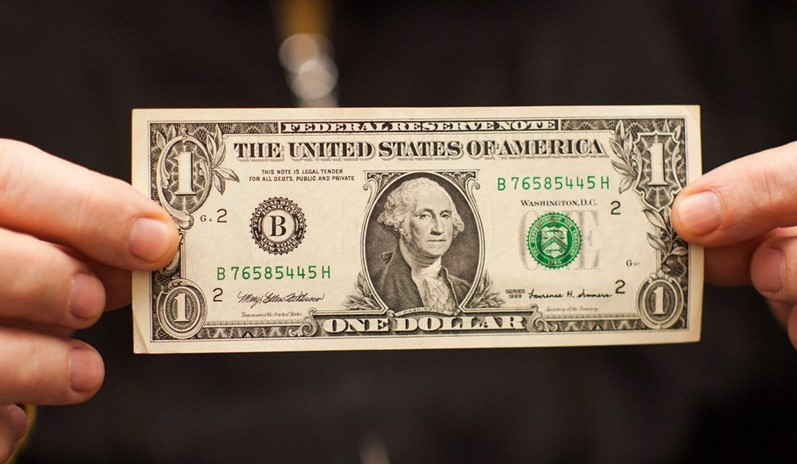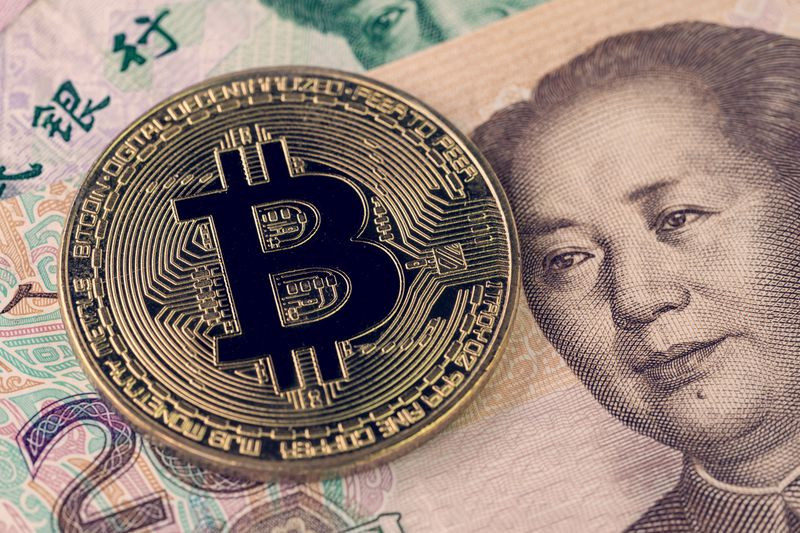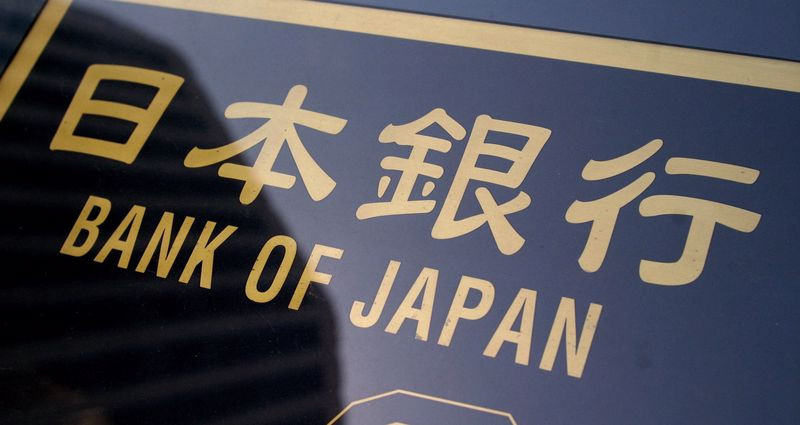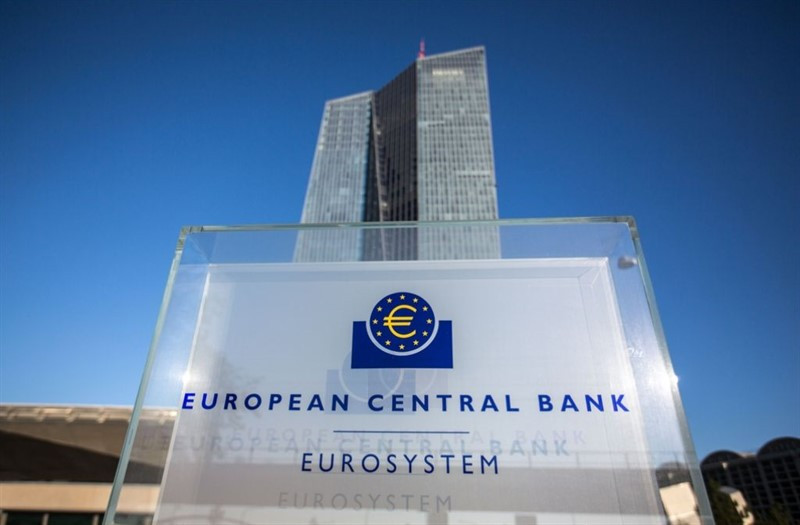
Russia's special operation in Ukraine and the Western sanctions imposed against Moscow challenge not only the trends of globalization in recent decades, but may also lead to a change in the world order established after the Second World War.
And in this new world, the China-Russia alliance (and their allies) and the United States-Europe (with the countries supporting them) are likely to find themselves on opposite sides of the barricades.
The changing geopolitical landscape threatens the position of the US dollar as a reserve currency.
Recently, a high-ranking representative of the International Monetary Fund (IMF), Gita Gopinath, expressed the opinion that the financial sanctions imposed on Russia due to the special operation in Ukraine, including restrictions on the operations of the country's central bank, could have far-reaching consequences for fiat currencies.
The First Deputy Managing Director of the IMF noted that some countries have begun to revise the currency in which they are paid for trade.
"The dollar will remain the main world currency even in this scenario, but fragmentation at a lower level is certainly quite possible," Gopinath said.
According to her, the current situation may facilitate the adoption of currencies other than the US dollar, including cryptocurrencies ranging from stablecoins to digital currencies of central banks (CBDC) around the world.
VanEck analysts point to Russia's study of the possibility of using digital assets to make transactions for oil under sanctions.
They do not exclude that this trend can be picked up by other countries of the world, which could hit the status of the dollar as a world reserve currency.
"Probably, in order to diversify, central banks will change the structure of their reserves at the expense of dollars (as well as euros and yen) in favor of other assets," VanEck said.

Sheena Shah of Morgan Stanley believes that digital currencies can stand on a par with traditional fiat currencies.
Cryptocurrencies have already begun to undermine the global primacy of the US dollar due to the growing interest among individuals and legal entities, she says.
"Consumers and companies increasingly want to make transactions in cryptocurrencies. Perhaps most of them just want to trade an asset, however, as transactions in digital currencies become easier and the regulatory framework clearer, digital currencies are able to stand on a par with conventional ones," Shah said.
In her opinion, the time has begun when the stability of cryptocurrencies and their popularity will only grow.
In order for digital assets to be classified as a currency, payments with its help should be simple, it should be possible to use it to pay taxes, plus it should become part of the gold and foreign exchange reserve, Morgan Stanly strategist believes.
According to VanEck analysts, the bitcoin exchange rate can reach a range of $1.3 million to $4.8 million, provided it acquires the status of a world reserve currency.
At the same time, experts believe that the yuan has more chances to challenge the hegemony of the dollar.
At least, all the states involved in the Chinese New Silk Road project may be interested in expanding the role of the yuan in their reserves, since cooperation within this project involves a mutual increase in trade.
In addition, China has reached the final stage of testing the digital yuan, which will make the Chinese currency the first major currency instrument based on blockchain.
Experts admit that in the long term, eCNY may become an important reserve currency.
Although Beijing stresses that the key to solving the Russian-Ukrainian crisis is not in the hands of China, but in the hands of Washington, Brussels and Moscow, the pages of the Chinese media are full of reports that Russia's military operation in Ukraine will be the "funeral" of US hegemony and the end of the dollar era.
If the upcoming change of the world order promises preferences to the yuan, then the Japanese yen is nothing good.
Last month alone, the USD/JPY pair lost about 6%.
It is possible that we are only at the beginning of a major reassessment by the markets of Japan's position in the financial system.
The local government is overloaded with debt, and the national economy is still stalling.
The way out of this situation is seen in the devaluation of the yen, which will make exports from Japan more competitive, as well as spur domestic spending.

"The fall of the yen is not far off. Another prolonged period of serious pressure from bears on the yen may force the Bank of Japan to rethink its policy. We forecast further growth of the USD/JPY pair to the level of 125 in the second half of the year," Rabobank strategists said.
On Friday, the USD/JPY pair broke a three-day losing streak and regained positive momentum, rising 0.7%. It is moving up again on Monday.
Despite the growing official concerns, analysts at Brown Brothers Harriman are waiting for the yen to weaken further, believing that eventually the USD/JPY pair should test last week's high around 125.10.
"Japanese officials are increasingly concerned about the weak yen. This time, Keiichi Ishii, secretary general of the junior coalition partner of the Komeito Party, said that the Bank of Japan should pay close attention to exchange rates as a byproduct of its ultra-soft policy," they said.
"At the moment, the BOJ has won the battle to maintain control of the yield curve. The yield of 10-year Japanese government bonds is trading near 0.21%, below the 0.25% limit as part of the yield curve control. However, the fight to contain JGB yields is by no means over, not when bond yields in the rest of the world continue to rise. The direction for the USD/JPY pair remains clear, since the policy divergence of the US and Japanese central banks is particularly strong here. A break above 123.65 is needed to test the March 28 high near 125.10. Next is the June 2015 high of about 125.85," BBH said.
Meanwhile, the gap in yields in the US and the eurozone remains palpable. Thus, the yield on 10-year German government bonds is now at 0.5%. It has risen in recent weeks, but not as much as the yield on 10-year US Treasuries, which is currently holding near 2.4%.
This, along with the fact that the European Central Bank is very far behind the Federal Reserve in plans to tighten policy, increases pressure on the euro and plays into the dollars' hands.
Although at the moment both of these currencies are the two leading reserve currencies, the euro risks "deflating" faster than the dollar.
"The risk of power outages in Europe is increasing. Of course, for the American side, everything looks fundamentally different. The economy of the United States, which can largely provide its own electricity, is much more sustainable. Therefore, the risk of a significant decline in the euro increases," Commerzbank strategists believe.
The EUR/USD pair closed in negative territory on Friday, dropping more than 0.1%. After an unsuccessful attempt to return above the 1.1050 zone, it was under strong selling pressure on Monday, falling below 1.1000. Next, the pair may target 1.0900, Scotiabank economists believe.
"Last Thursday's retreat from 1.1200 suggests that the EUR/USD pair may develop a new phase of decline. The growth from the low of the beginning of March was kept within the limits of the consolidation model (bearish wedge), the base of which is located at the level of 1.1000 today; its steady breakdown should lead to the pair testing 1.0900 again fairly quickly," they noted.

On Sunday, German Defense Minister Christine Lambrecht said that the European Union should discuss the issue of stopping the import of Russian gas, which the bloc has so far avoided, despite pressure from the United States.
According to experts, such a move would have serious economic consequences for the eurozone to the detriment of the single currency, since Russia provides about 40% of Europe's gas needs.
Meanwhile, the hawkish comments of the representatives of the Fed served as a tailwind for the dollar.
Thus, the president of the San Francisco Fed, Mary Daly, advocated a more aggressive Fed policy.
"The arguments in favor of raising the rate by 50 bps in the absence of unpleasant surprises between now and the next Fed meeting have grown. I am sure that such a rate adjustment will be appropriate," she said.
At the same time, the Fed should act carefully to avoid unintended mistakes that destabilize the markets or the economy as a whole, Daly noted.
She believes that economic growth in the US will probably have to weaken significantly in order for inflation to return to the Fed's 2% target.
"I am very optimistic that we will be able to avoid a hard landing," she said.
The head of the Federal Reserve Bank of New York, John Williams, considers this result achievable, as the Fed tightens monetary policy in tandem with other countries. He said that the reduction of the balance sheet may begin as early as next month
"These actions should allow us to cope with the notorious "soft landing" and at the same time maintain the stability of the economy and the labor market, which are able to withstand the tightening of monetary policy. I believe that this year the US economy will continue to grow, and the unemployment rate in the country will remain close to current values," said Williams.
However, some analysts do not share this optimism.
In particular, Morgan Stanley Wealth Management analysts warn that hopes for a "soft landing" may not be justified.
In any case, the Fed does not have much experience in conducting "soft landings", and this time the situation is complicated by the Russian-Ukrainian conflict and the disruptions in supply chains caused by it.
According to former Fed Vice Chairman Alan Blinder, over the past 11 cycles of monetary policy tightening, the US central bank has made only one "soft landing". And although the national economy has not fallen into recession twice, eight "hard landings" remain. That is, not the best alignment.
The ECB faces an equally difficult task. On the one hand, the central bank should bring inflation to 2%, on the other – tightening policy now may lead to the collapse of the economy, which is already suffering due to the Russian-Ukrainian conflict.

According to ECB estimates, economic growth in the eurozone in the first quarter was positive, but insignificant, while growth in the second quarter will be close to zero, as high energy prices reduce consumption and damage corporate investment.
Any reduction in Russian gas supplies to Europe will also quickly affect consumers by raising prices, even though national governments are taking subsidizing measures to offset some of the costs.
"The latest inflation data speak for themselves. Monetary policy should not miss the opportunity for timely countermeasures," said Joachim Nagel, president of the German Bundesbank.
Meanwhile, ECB chief economist Philip Lane acknowledged that inflation is very high, but said that opposite forces are at work, and the central bank should not rush to analyze the data.
Markets are now estimating a 60 basis point rate hike in the eurozone by the end of the year, but ECB policymakers were more cautious in their statements, and none of them called for such large-scale steps.
"If the Russian-Ukrainian crisis does not become a global conflict, then I think that the first rate hike may occur closer to the end of this year," ECB spokesman Peter Kazimir said.
"We will raise interest rates after a while, if it is appropriate, in light of the incoming data. The speed of normalization will depend on the economic consequences of the conflict, the severity of the inflation shock and its duration," said Isabelle Schnabel, a member of the ECB Governing Council.
A significant termination of Russian gas supplies to Europe may lead to the fact that the EUR/USD pair will fall below 1.0500, which will be a test of parity. Meanwhile, the conclusion of a peace agreement between Kiev and Moscow and a change in European fiscal policy will lay the foundation for the pair's return to 1.3000, Societe Generale economists say.
The EUR/USD pair was stopped below the 55-day moving average at 1.1182–1.1185. However, only a breakthrough below 1.0944 will indicate renewed downward pressure, according to Credit Suisse.
"We are leaning towards further sideways consolidation in the short term, with the broader downward trend still in force after the pair stopped below the 55-day moving average at 1.1182-1.1185. However, only a breakthrough below 1.0944 will be able to confirm an important reversal to the downside, with the following supports at 1.0900, and then a decisive medium-term support at 1.0825-1.0806, the breakdown of which will open the way to the 2018 low at 1.0635," the bank's strategists said.
"We are concerned about the loss of short- and medium-term momentum, however, only a close above 1.1182-1.1185 will be the first real sign that we may have seen the formation of an important low near our main target of 1.0825," they added.
 English
English 
 Русский
Русский Bahasa Indonesia
Bahasa Indonesia Bahasa Malay
Bahasa Malay ไทย
ไทย Español
Español Deutsch
Deutsch Български
Български Français
Français Tiếng Việt
Tiếng Việt 中文
中文 বাংলা
বাংলা हिन्दी
हिन्दी Čeština
Čeština Українська
Українська Română
Română

